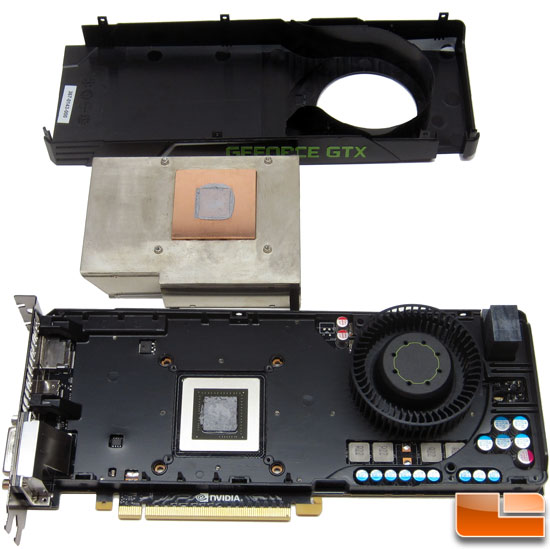- Joined
- May 18, 1997
- Messages
- 55,653
NVIDIA Kepler GeForce GTX 680 Overclocking Review - We evaluate overclocking performance of the new NVIDIA GeForce GTX 680 video card. Can we can squeeze any more performance out of the 680 that GPU Boost isn't already doing on its own. We compare to a standard GeForce GTX 680 and Radeon HD 7970. We also compare both video cards at the highest overclocks head-to-head.
Last edited:
![[H]ard|Forum](/styles/hardforum/xenforo/logo_dark.png)
